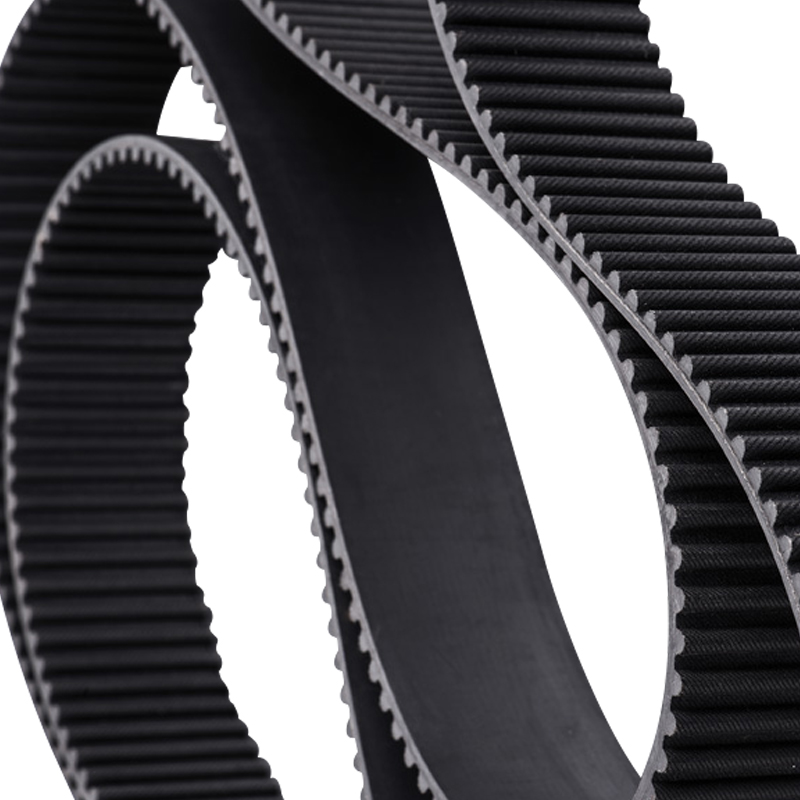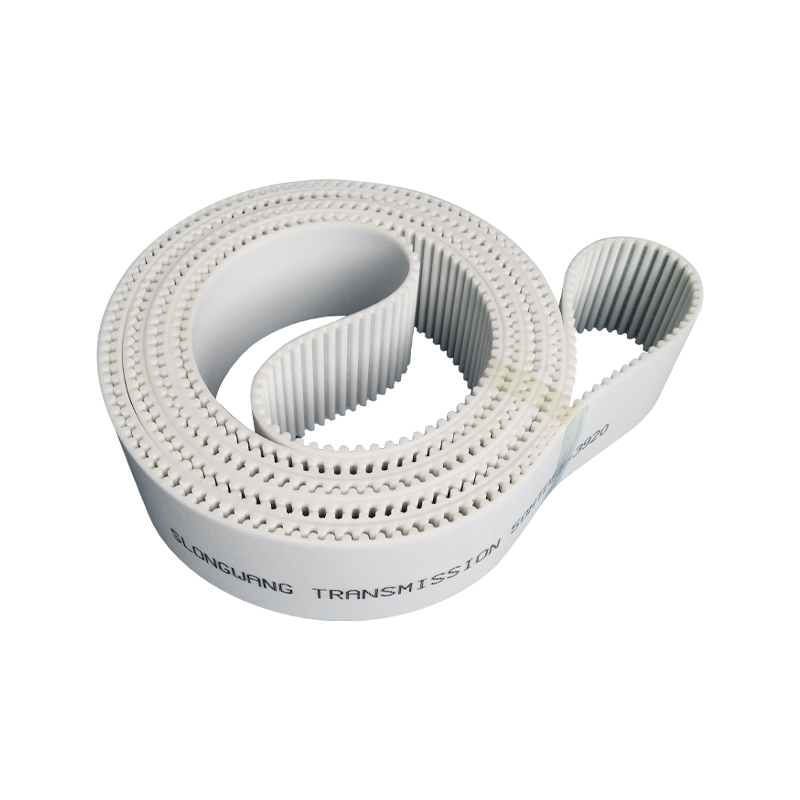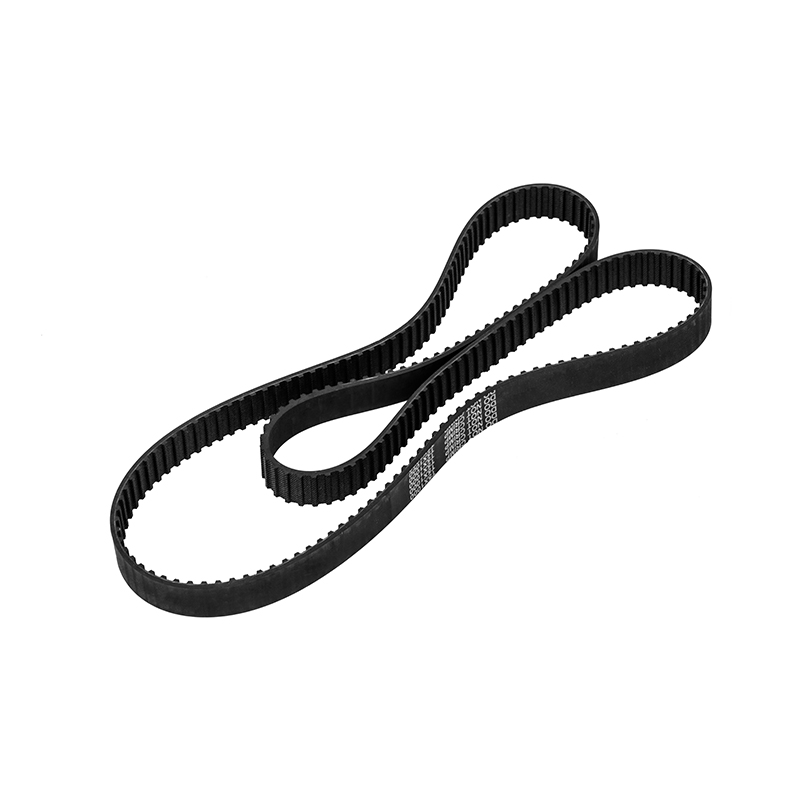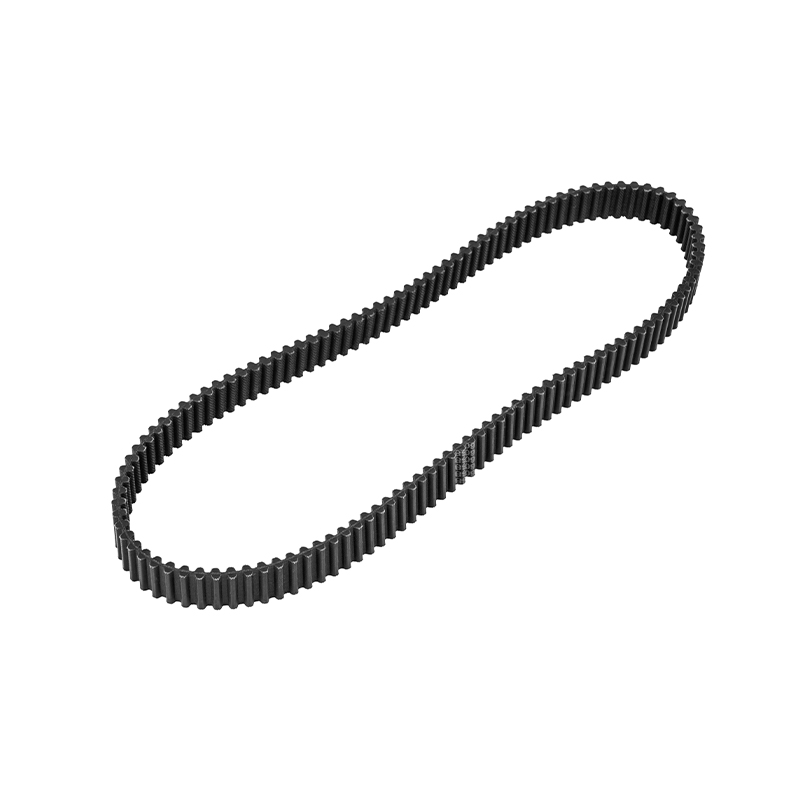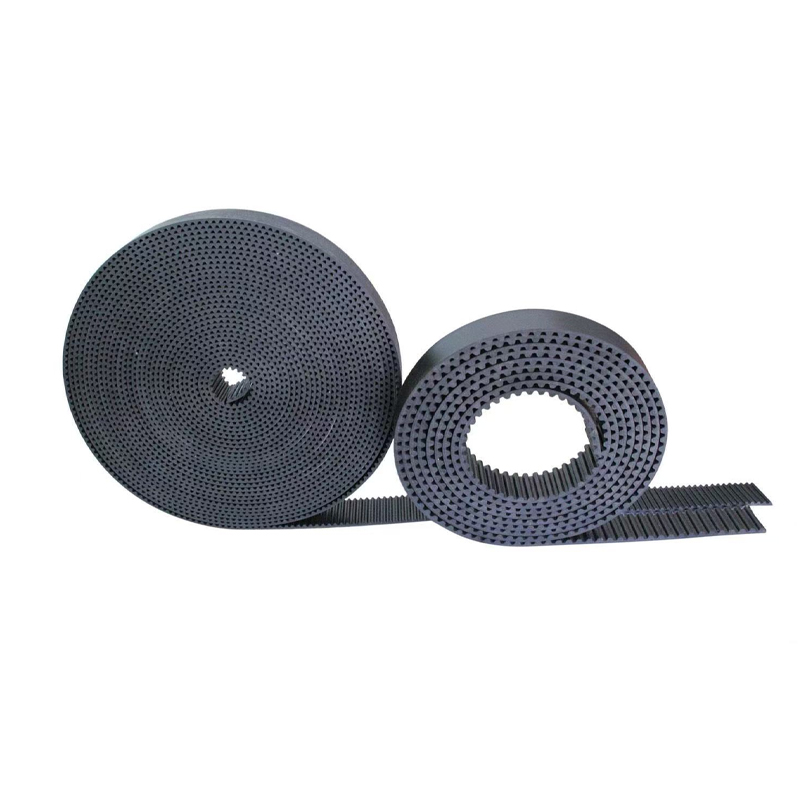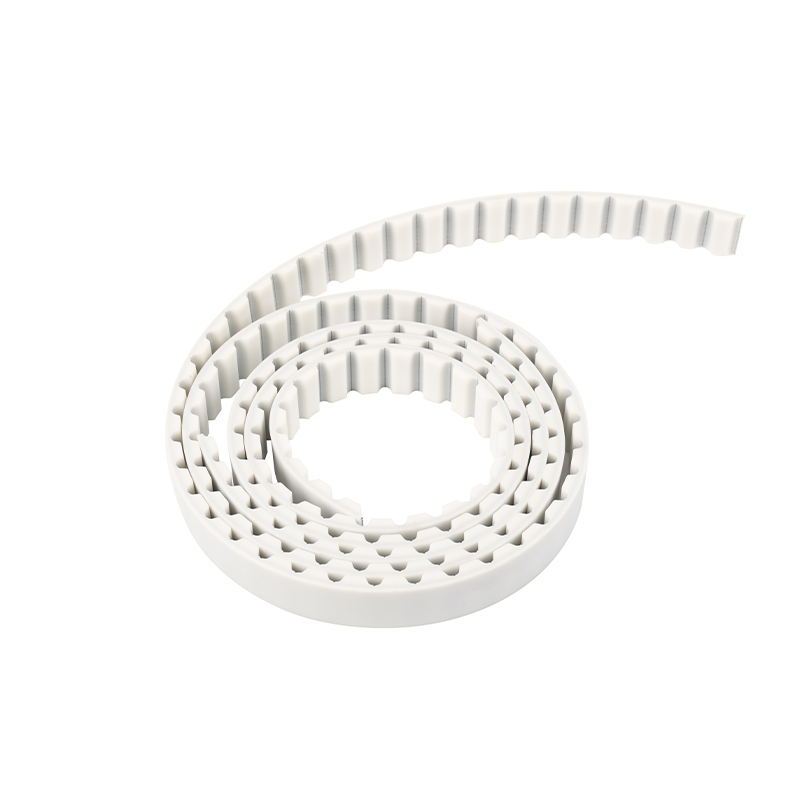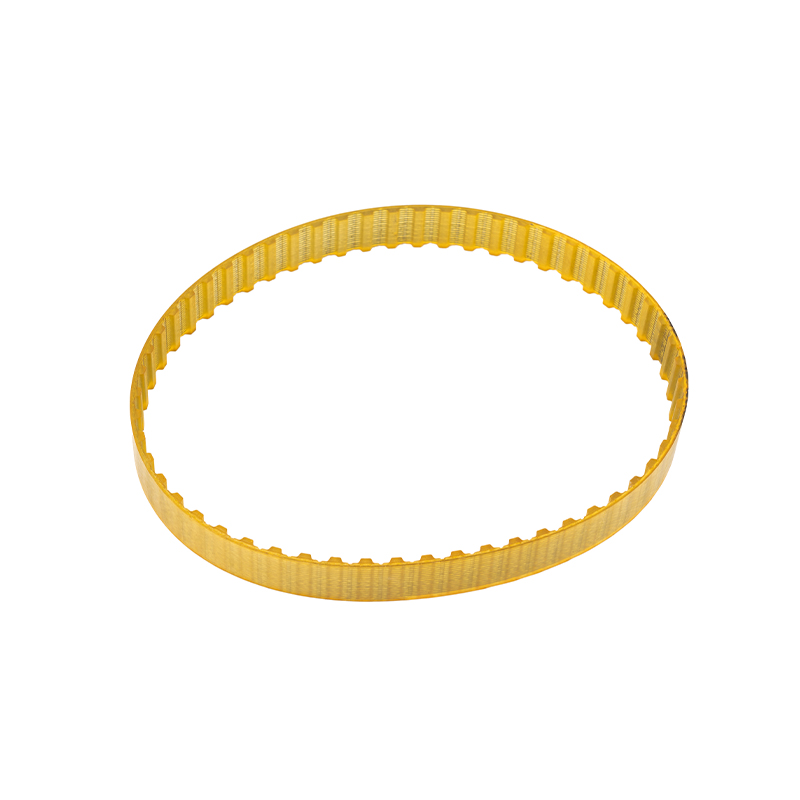Analysis of the application prospects of double-sided tooth synchronous belt in high-precision machinery
2025-05-28
With the continuous advancement of industrial automation and intelligent manufacturing, high-precision mechanical equipment is increasingly used in manufacturing, medical equipment, semiconductors, robots and other fields. High-precision machinery has put forward unprecedented stringent requirements on the performance of the transmission system, especially in terms of synchronization, positioning accuracy, repeatability, etc. Any slight error may lead to equipment performance degradation, product quality problems and even system failure. In this context, double-sided tooth synchronous belt has gradually become a key component of high-precision mechanical transmission system with its structural advantages and transmission performance, showing huge application potential and broad market prospects.
High-precision machinery is widely used in semiconductor manufacturing equipment, precision CNC machine tools, medical imaging instruments, automated assembly lines and industrial robots. These equipment put forward extremely high technical indicators for the transmission system, including: extremely high synchronization, positioning accuracy and repeatability, vibration resistance and low noise, durability and stability. Meeting these demanding requirements is a core issue of common concern for high-precision machinery manufacturers and equipment integrators.
The biggest feature of the double-sided tooth synchronous belt is its "double-sided belt tooth" design, that is, the upper and lower sides of the synchronous belt are arranged with tooth grooves. This design brings many unique advantages, making it an ideal choice for meeting the requirements of high-precision mechanical transmission: more uniform load distribution, high synchronization and low backlash, multi-point drive and compact structure, anti-vibration and noise reduction, and adaptability to complex working conditions.
In addition to the advantages of structural design, the advancement of materials and manufacturing processes is also an important reason why double-sided toothed synchronous belts can meet the stringent requirements of high-precision machinery.
Modern double-sided toothed synchronous belts generally use high-strength polyurethane or rubber matrix, embedded with high-rigidity fiber core wires (such as Kevlar, glass fiber or carbon fiber), which greatly improves tensile strength and wear resistance. These materials also have good elasticity and toughness, ensuring that the synchronous belt maintains a stable tooth shape and transmission accuracy when running at high speed.
High-precision mold processing ensures strict consistency of tooth geometry and tooth spacing, reduces meshing errors, and improves the matching degree between synchronous belts and pulleys. Some products also use special surface treatment processes to improve tooth surface hardness and wear resistance and extend service life.
Although double-sided toothed synchronous belts have obvious advantages, the industry still faces certain challenges: the high cost of high-end materials affects the application and popularization of some small and medium-sized enterprises; the production process is complex, and the investment in high-precision molds and manufacturing equipment is large; standardization has not yet been fully unified, which limits the large-scale development of cross-industry applications. To this end, the industry needs to strengthen technological innovation, promote continuous breakthroughs in materials and processes, and reduce production costs; at the same time, actively participate in standard formulation to improve product interchangeability and compatibility; combine intelligent monitoring technology to promote the development of transmission systems towards intelligence and predictive maintenance.


 English
English 中文简体
中文简体

